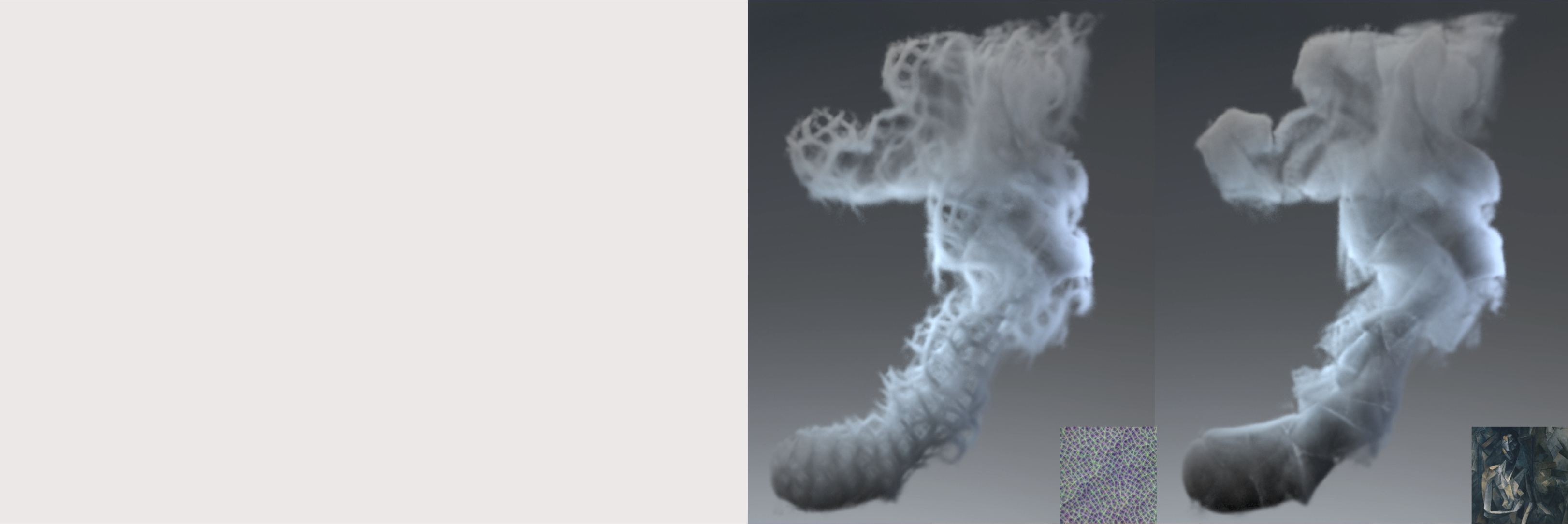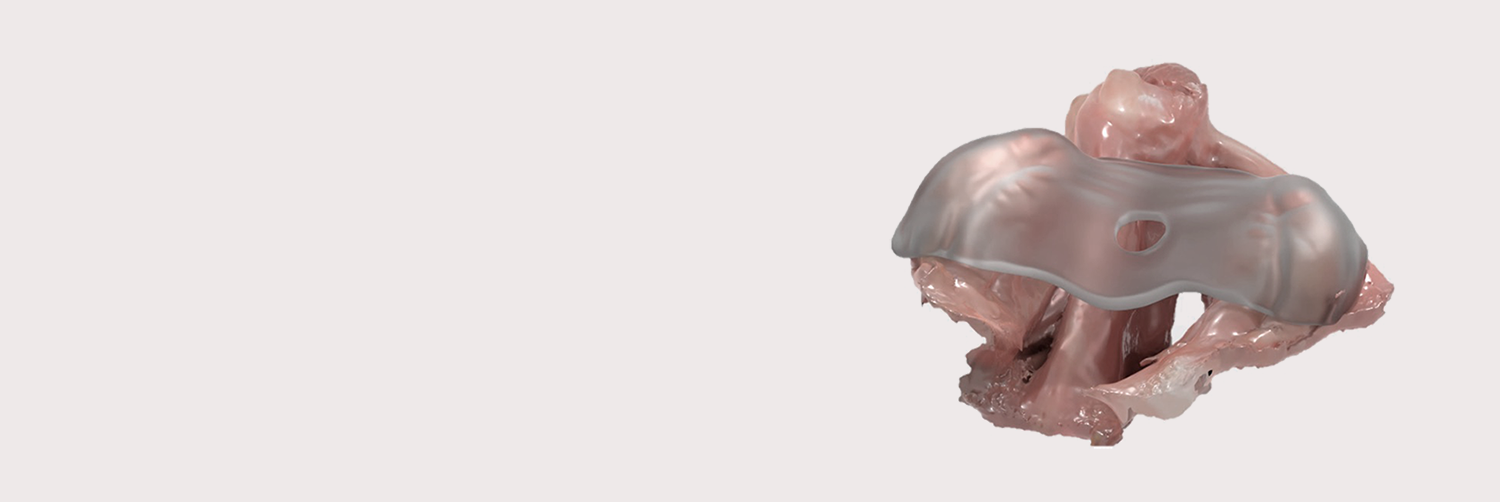
Our work received the SIGGRAPH 2022 Honorable Mentions Award

Flow Stylization Goes Hollywood
How AI enhances visual storytelling and brings film characters to life

The IPCAI 2023 Bench to Bedside Award honors our technology's clinical impact on cleft lip and palate treatment

Our work received the 2024 Frontiers of Science Award in Theoretical Computer and Information Sciences
Previous
Next
The Simulation and Animation Group is part of the Computer Graphics Lab at ETH Zurich. In our research, we explore AI to advance modeling and simulation, shaping the future of computer graphics and driving innovation at the intersection of graphics and healthcare.

